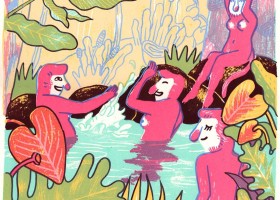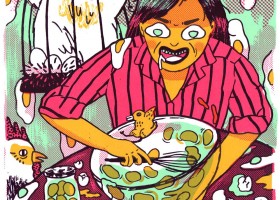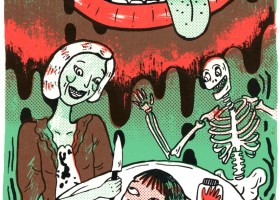Meet Printmakers Jane Stephanny & Julienne Tan of Raksasa Print Studio
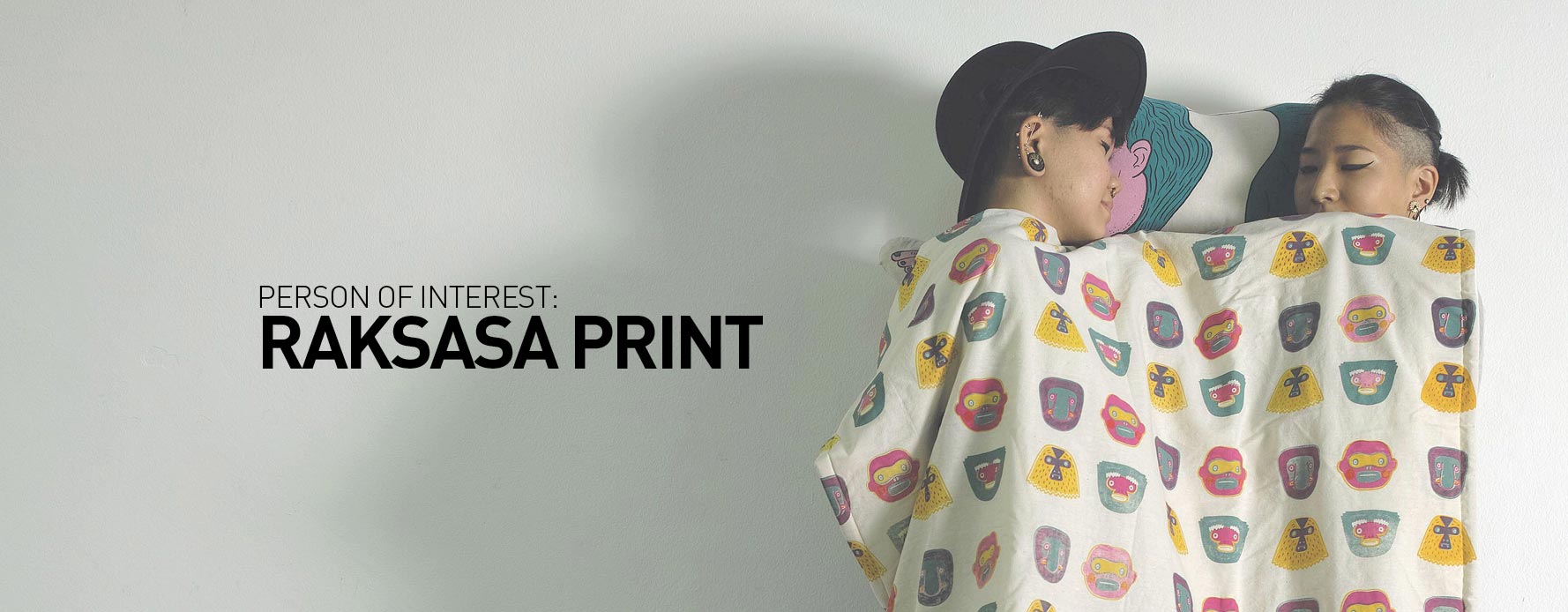 Thirsty for JUICE content? Quench your cravings on our Instagram, TikTok and WhatsApp
Thirsty for JUICE content? Quench your cravings on our Instagram, TikTok and WhatsApp
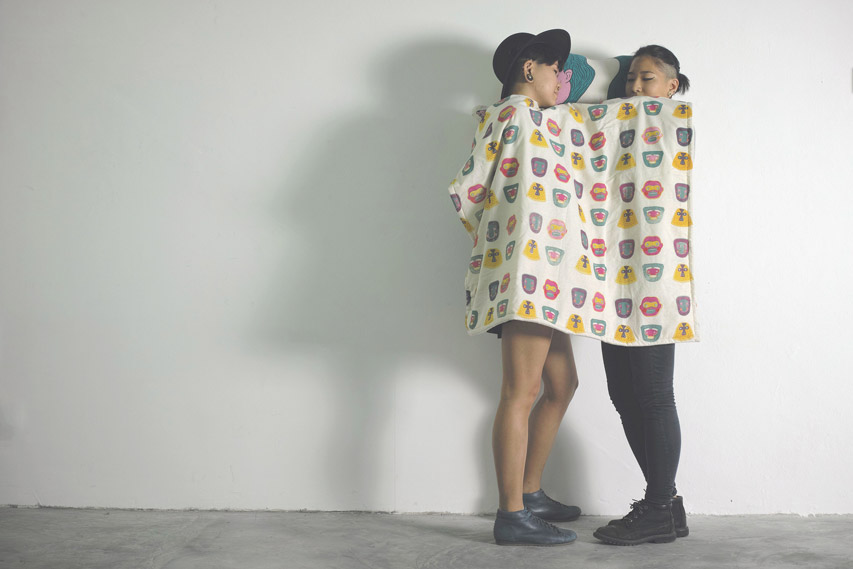
Jane and Julienne—the owners of Raksasa Print Studio—are incredibly talented artists whose works we just can’t stop gushing about. This fact, however, is not something the two ladies would like to put on the forefront of this piece because their art studio is where the attention should be placed. After completing university in New York, the pair of friends managed to materialise their dream of having a studio, offering people lessons to gain skills and techniques on the art of printmaking, as well as other services. JUICE spoke to the affable Jane and Julienne about their studio, the process of printmaking, and the unreasonable prices of local art classes.
Did you guys model this studio after the one at the School of Visual Arts?
Jane Stephanny Yeah, basically.
Julienne Tan Well, Jane and I went to school together in New York and majored in Illustration, but we spent most of our time in the print shop. She did etching and I did mainly silkscreen. Our number one passion was printmaking and then it was illustration. We like to create images, but printmaking is the way we like to do it.
JS It’s just a different process compared to a more traditional means of image making like painting and drawing, I mean I paint too, but printmaking is just something a little bit more different because there’s a process to it and much more skill-based.
Can you take us through that process?
JT Anyone who wants to translate their work into print can use silkscreen as a medium. Jane and I like to draw things out directly onto film whereas some designers prefer to work digitally before making their stencil. But how Jane and I work, we usually just draw it first. So, when we print, it gets separated into layers and into colours, so every new layer is a colour. And then we shoot it in the screen before we can expose it, we have to coat it with a light sensitive emulsion and that basically hardens in the light. We then bring it to the light box and it’ll harden all the areas that aren’t blocked out by the stencil that we draw. So, that’s how we make the screen and we just print it. We’ve been doing this for all our products; prints and everything. The process is difficult to explain without showing you an example. It’s a lot easier after a class (laughs).
JS With all the different printmaking techniques, silkscreen is definitely the most versatile as application goes, because you can print on basically anything that is flat, whereas other printmaking techniques like etching, lithography, etc, they are pretty much only limited to only paper. It’s just the nature of it.
How long did the conception of the studio take? From the ideation, location, feasibility, etc.
JS Since we met (laughs).
JT Yeah, when we met in New York in the print shop. At the end of our time in uni, we were thinking of where to go after New York because it was just impossible for us to remain there. It was just too expensive and it was hard to get a visa and everything. Before, it was just a dream to have our own studio. We initially wanted to start off with a small press, but we decided to go big or go home (laughs). So yeah, I think it started with that senior year of us talking.
JS The idea of it started long ago, but it became closer to reality when we needed to find a job, we just worked towards that. Basically; finding the funding, where to get supplies, machinery, and where to set it up… the country [to set it up in]…
JT The reason why we chose Malaysia was because first of all, we wanted to be close to home, both of our families are in Southeast Asia. We also wanted to be able to travel Asia; we feel Malaysia is a good spot to start.
JS It’s a good hub.
JT You know, Malaysia, there is an art scene here but there are no means of accessibility. We wanted to bring what we’ve experienced in New York here.
JS A lot of the times, the classes and the courses available are so extremely expensive, it’s basically dedicated to that 1% and we didn’t want art to be so selfish.
JT We don’t want art to be a hobby that you can just Instagram. We want all sorts of people to use the space, whether it be crafters, artists, or just someone interested in learning something new. It’s not just for a specific set of people.
JS And art shouldn’t be that way anyway, people should have access and facility to do whatever they want to do.
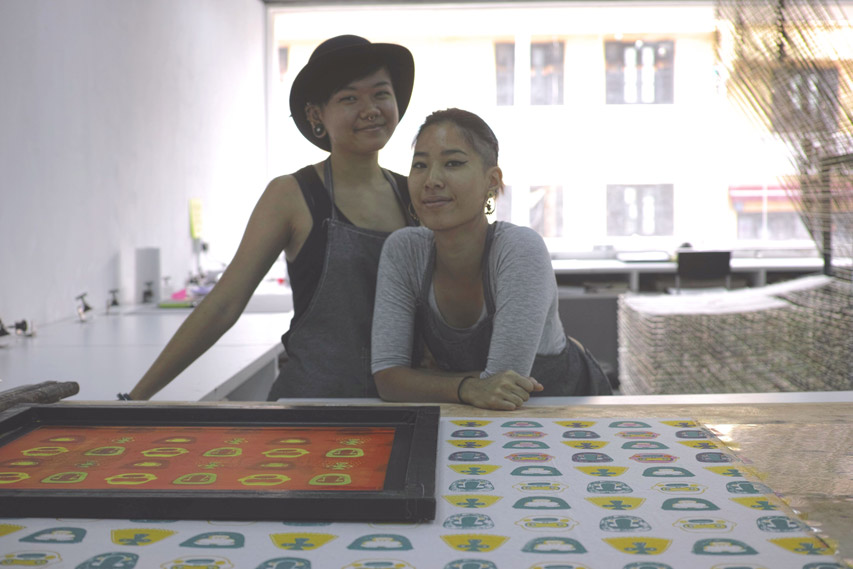
So you would say that you guys discovered that the art scene here is closed off in a sense, since you mentioned that it catered to the 1%?
JS In a way, it kind of feels like that. But when we were researching about how to price the classes and the open studio fees, we looked at other studios and we were just quite shocked at the amount they were charging for a short time. Considering the cost of living here, it just didn’t tally. So we didn’t want anything that was crazy, you know? We’re not really capitalists (laughs).
From the schedule that’s on the website, the classes and general activity are held on the weekends, but we’re curious what do you two do on the weekdays?
JS The classes are not just on the weekends, the weekends are really just a guide. Let’s say if a student wants to start a class, but it’s only available on weekdays, we can actually arrange that, so it’s not that stiff because our schedule is quite flexible. As long as they tell us in advance, we can always arrange that.
JT The weekdays are open studio time from our opening hours, 11am to 9pm. We have an open studio policy so people can just come in and if they’re interested, they can enquire about our classes. But if they already know how to silkscreen or they’ve already taken a class with us before, then they can just come in and use the studio whenever they want—that’s what we do on the weekdays. On the rare occasion when we have events, we’ll have a day dedicated to a workshop or something. We also work on our own stuff too, so we use the studio space as well.
How large are the classes usually?
JT So far, we’ve been getting a lot of private classes because we can better focus on their specific needs. We’ve also done group classes as well, where it’s a group of friends that want to learn together. We like to limit the class to below 10 people a class, the prices are the same. Students who finish their class usually also become regular studio users.
JS The classes are RM385 per person for 12 hours. So, that’s pretty damn cheap if you think about it. They only really need to bring their own designs, and the materials they want to print their products on.
JT What we are actually teaching are skills for how to do it. I mean after the class, you can actually do everything by yourself, so that loud noise you hear back there, the intern is washing out the screens. We don’t do that for you here. We teach you how to do that so you can be a part of the process, it’s not like we’re making the screen for you. You’ll learn how to do everything yourself. We are trying to teach people skills so they can come back to do it on their own.
JS Printmaking is good for designers and artists because you get to understand how it comes about; the process of how products are made. The satisfaction level is a lot higher when you are involved in the process.
Who are the usual types of people who would come to attend the classes?
JT A lot of our students are actually the older crowd, like 30 and above. They usually come in later after work, it’s either their full-time job and they want a place to print, or it’s a hobby kind of thing and they are selling it on the side. We have students who are in college who want to learn, it’s because their university doesn’t have a great facility, which is crazy because it’s a university. And we teach the occasional kid (laughs).
JS Very occasional, because we don’t recommend having kids here because the process includes using a machine that is not suitable for children.
When there’s a class, do you guys both teach?
JT Usually I take the classes, when we do have overlaps of students, Jane also teaches.
Are you the primary teacher in the studio?
JT Uh, yeah, I guess. I don’t know (laughs). I mean, I like teaching because I get a lot of joy out of it. It’s really amazing when you teach someone something and only within 12 hours they can do it themselves. So I get a lot of satisfaction from that. Jane teaches too, but we all take on things in equal amounts. She does a lot of administration work as well, so she takes care of that stuff. We all have our roles. Our intern also owns her own creative with her friend. We just want to bring all creative minds together and merge them in this space.
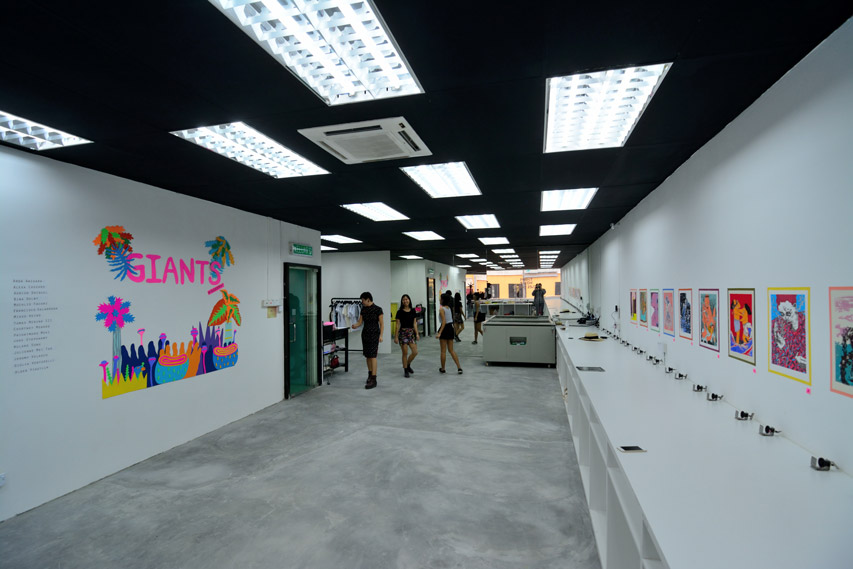
Do you think that your quirky, bold designs have a way of marketing themselves to potential customers?
JT I don’t know we only really have experienced the market here through the fairs we’ve been a part of. But it does – that I’ve noticed – bring in a lot of curiosity because it is really different from what people are making now. People do kind of do the similar thing as us, like making tote bags and everything, but not everything is silkscreen or handmade or they’re sent off to get printed. We go to fairs as a way to promote our shop, but we’ve been pushing the classes, trying to get the interest out there, so people know that this exist. But what people are drawn to is that we can print half tones here, which are basically really tiny dots. Our inks are also eco-friendly, we also know we have a responsibility towards the environment – we try to reduce, reuse, and recycle everything. Whenever we print something and we have to cut the paper down, we always try to make it into new paper. We’re going to have a papermaking, bookmaking class, the whole process of it all.
Do people come to the studio because they like you and Jane’s work?
JT A lot of students who come here — some know our work, some don’t — ultimately, they come here to print their own stuff. Here, we don’t teach style or anything, that’s just how we draw. We actually have a lot of comics and zines back there from New York, we do bring them out and share them with everyone because that’s what we are passionate about.
We actually found you guys through Stakes Shop…
JT Oh really! (Laughs) Nice! They are actually really good friends of ours. We had our opening show in January and at that time, we didn’t know anyone in Malaysia. We promoted Raksasa through Facebook, ran ads and stuff, and word of mouth through people that we knew. Arma came to our show and since that day, they have been recurring customers and friends. They [did] a collaboration with us for our show called Mad Science. They [did] a video installation. So, we’re trying to do something collaborative.
Have you guys encountered any problems or obstacles since setting up the studio?
JT I’d say the biggest obstacle was the process of setting this up, because setting up a business here is crazy work; the process is very slow and it’s hard to get it done in the timeline that you want it to be. And the fact that we see this as a ‘learn as you go’ experience, like the people we deal with and the machinery, we just hope that everything would go through. Even to get that exposure unit in here, we had to take four windows down and crane it up, that was one of the craziest things we’ve experienced.
Is there a large printmaking or silk-screening community here?
JS None that does prints.
JT There is silk-screening here, but a lot of them only do t-shirt jobs on the octopus press. That machine limits to only shirt printing. We set up our workspaces in a manner where we can have no limitations on what we are able to print on.
JS I think Bogus Merchandise is starting to print on paper. Yeah, they’re really cool and they are nice people too. But from what I know of, we’re the only one who prints on plastic.
JT Yeah, we try to print on everything. Like I said, this is a learning experience for us as well, so we’re always thinking of ways to experiment. Like you can also print on a wall, you can just put the silkscreen on the wall and print.
Check out some of their own art pieces below:
Raksasa Print Studio is located at 9-1 (First Floor) Jalan Telawi 2, Bangsar, 59100 Kuala Lumpur. Opening hours are 11am – 9pm (Tuesday – Saturday) and 11am – 3pm (Sundays).

 Get Audio+
Get Audio+ Hot FM
Hot FM Kool 101
Kool 101 Eight FM
Eight FM Fly FM
Fly FM Molek FM
Molek FM